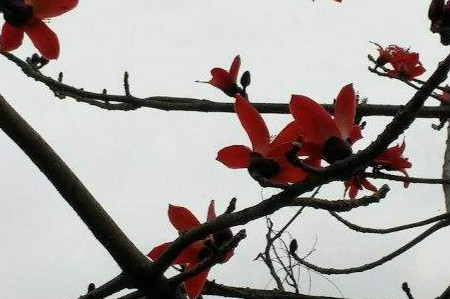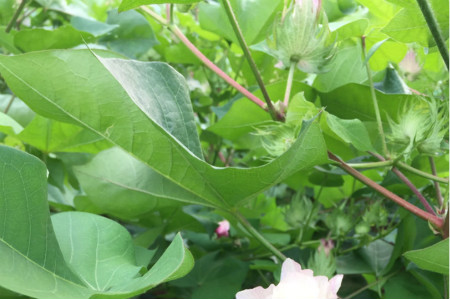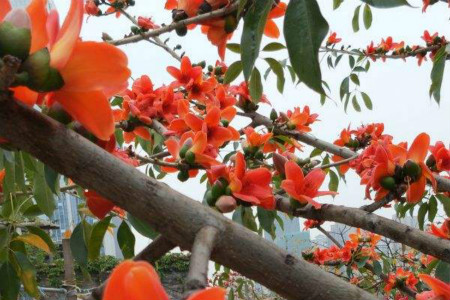1、 Difference between kapok and cotton
1. Appearance: from the appearance, kapok is taller and can grow to about 25 meters high. The bark is gray white. Cotton is an annual woody plant, mostly between 0.6 and 1.5 meters high. It looks much shorter and can be easily distinguished

2. Leaves: the difference between the two is also very obvious from the leaves. The leaves of kapok are palmately compound leaves, with 5-7 leaflets, which are oblong and then oblong lanceolate, and both sides are hairless. The leaves of cotton are broad ovate, glabrous above and villous below
3. Flowers: the flowers of kapok are solitary in the leaf axils at the top of the branches. They are usually bright red and sometimes orange red. They bloom between March and April every year. Cotton blooms in white or light yellow, and the flowering period is in summer and autumn

4. Fruit: the fruit of kapok is oblong, and most of the fruit ripens in summer. The fruit of cotton is oval and matures in autumn
2、 How to raise kapok
When breeding kapok, you should provide it with a dry, warm climate and sufficient light. It has poor cold resistance and is usually maintained in warm areas in the south. It has strong drought resistance and is not resistant to water logging. During the curing period, watering should be dry rather than wet, and ponding is strictly prohibited. In addition, it is suitable for growing in an environment between 20 and 30 degrees, and the temperature in winter cannot be lower than 5 degrees, otherwise it will be frostbitten


 how many times do yo...
how many times do yo... how many planted tre...
how many planted tre... how many pine trees ...
how many pine trees ... how many pecan trees...
how many pecan trees... how many plants comp...
how many plants comp... how many plants can ...
how many plants can ... how many plants and ...
how many plants and ... how many pepper plan...
how many pepper plan...





























